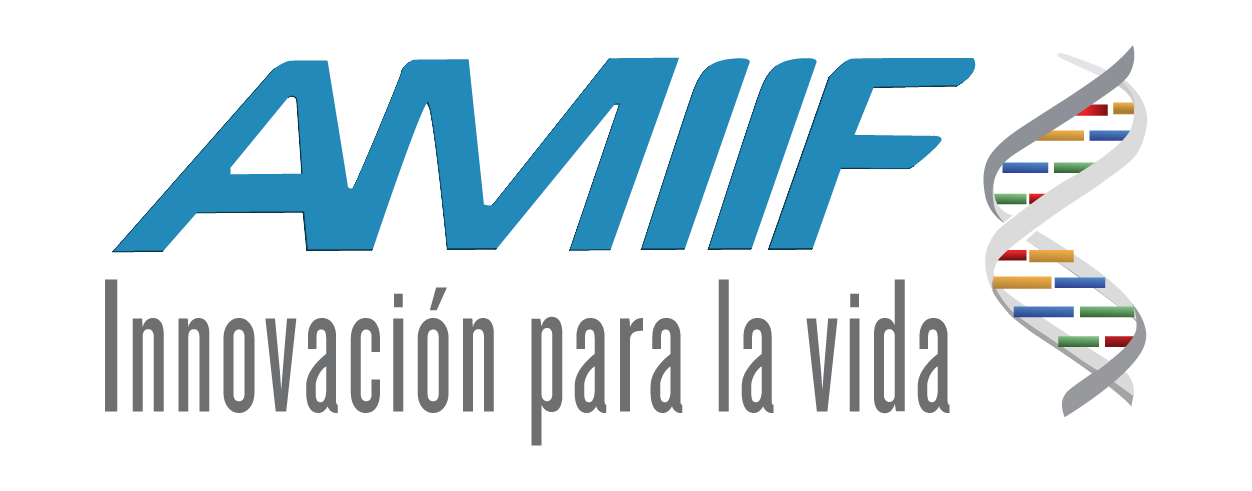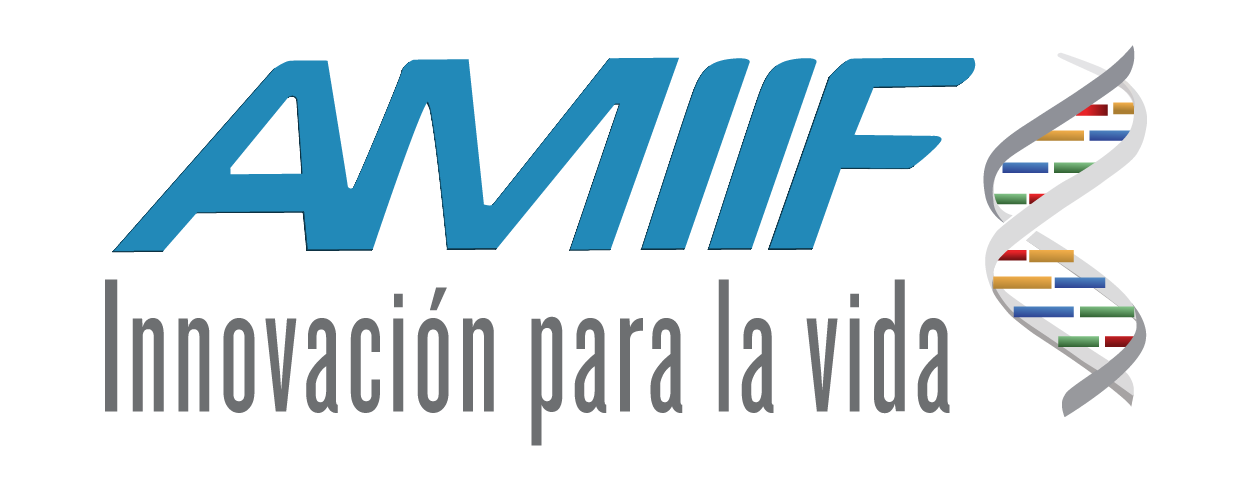70 years book
A STORY OF INNOVATION
This book takes a look at the most important pharmaceutical advances in six crucial areas - vaccines, antibiotics, cardiovascular disease, diabetes, cancer, and HIV / AIDS - and shows how, amid adversity and uncertainty, innovation works.
WhoCelebrating the past, present, and future of innovation is the reason for this book.
Special thanks to Maria Elena Bottazzi, Roberto Tapia, Miguel Betancourt, Peter Hotez, Brenda Crabtree Ramírez, Thomas Cueni, Isabel Mestres, Russell Williams, and the World Heart Federation, who had a special collaboration at the end of each chapter of the book.
Download the chapters separately
When the Association of Producers and Importers of Medicinal Articles was founded in 1950 – which in 1994 changed its name to the Mexican Association of Pharmaceutical Research Industries (AMIIF) – the health landscape in Mexico was very different. Life expectancy was around 48 years. 56% of deaths – 78% among children – were caused by infectious diseases such as pneumonia, gastroenteritis, typhus, or measles. The world we know today would not exist without the pharmaceutical advances of the past decades. The world of tomorrow will depend on the progress we make today.
Vaccines are one of the greatest success stories in medicine and have dramatically transformed the global healthcare landscape. Who estimates that between 2 and 3 million deaths are avoided each year thanks to them in the world and a study carried out in 73 countries estimated that the application of a table of ten vaccines from 2001 to 2020 will have prevented around 350 billion dollars in sickness costs.
Special collaboration of: Maria Elena Bottazzi, Roberto Tapia, Miguel Betancourt and Peter Hotez.
The impact of antibiotics cuts across different areas of health: they serve as a direct or preventive treatment, they treat diseases that today are related to poverty, but they also make the most advanced interventions possible. Life expectancy in the world rose from 45.7 years in 1950 to 72.6 in 2019. According to some estimates, the use of antibiotics is responsible for 10 of the years gained in that period.
Special collaboration of Thomas Cueni.
Is a scientific success story. When the AIDS epidemic began, most patients died within a year after diagnosis. Today, a person with HIV can have a life expectancy close to average. Innovation in finding cures for HIV has long and promising paths to follow.
Special collaboration of Brenda Crabtree Ramírez.
As has happened for the last 70 years, the development of new therapeutic alternatives will mean real advances: people with cancer will live longer and enjoy a better quality of life. In the not too distant future, thanks to innovation, we will be able to talk about a cure for cancer.
Special collaboration of Isabel Mestres.
In recent decades, the development of pharmaceutical treatments in the cardiovascular area has focused on the search for therapies that encompass large populations, to address factors such as cholesterol or hypertension. Advances in gene and biological therapies today allow the creation of new options directed at specific targets that participate in the processes that generate thrombosis, atherosclerosis, or cardiac stress.
Special collaboration of the World Heart Federation.
Despite the existence of a wide range of treatments, the search for agents that allow more effective control and even slow down the progression of the disease has been continuous. The path to a cure remains elusive. Globally, there are more than 200 new drugs in development for the management of type 1 and type 2 diabetes.
Russell Williams special collaboration.
Large pharmaceutical companies continue to invest the most in drug research and development. In 2018, and for the first time, the 15 largest companies (by sales) channeled more than $ 100 billion in research.










